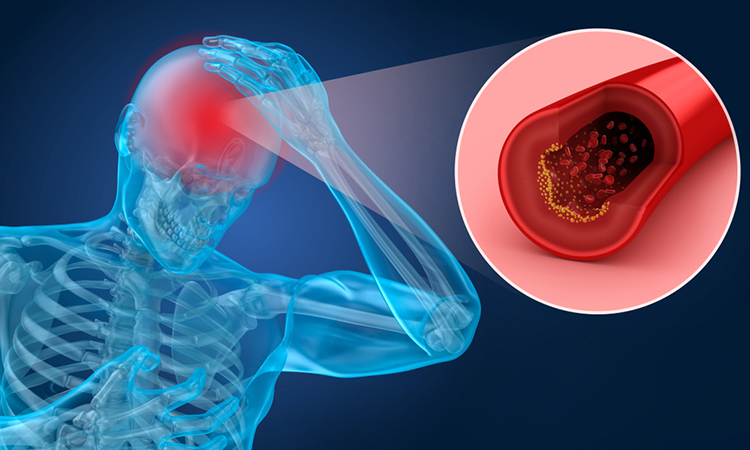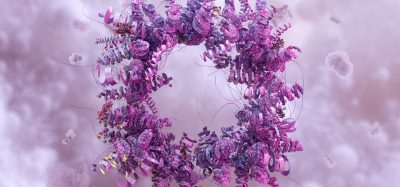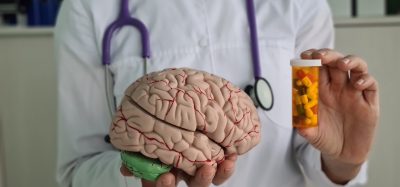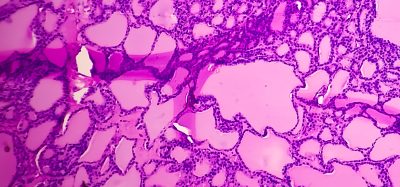Researchers develop new potential stroke treatment
Posted: 4 January 2021 | Victoria Rees (Drug Target Review) | No comments yet
A team has shown that synthetic molecule LAU-0901 plus aspirin-triggered NPD1 can repair brain damage in an experimental model of stroke.


Research has shown that a combination of a patented drug and selected DHA derivatives could be more effective in protecting brain cells and increasing recovery after stroke than a single drug.
The study was conducted at Louisiana State University (LSU) Health New Orleans Neuroscience Center of Excellence, which utilised is patented molecule.
According to the researchers, during an ischemic stroke, signals are produced from arriving blood white cells and primary brain immune cells called microglia that cause neuroinflammation leading to a build-up of chemicals that harm the brain. Platelet-activating factor (PAF) accumulates and inhibition of this process plays a critical role in neuronal survival. Earlier studies by the researchers have shown that in addition to its anti-inflammatory properties, DHA, an essential omega-3 fatty acid, stimulates the production of Neuroprotectin D1 (NPD1), a molecule that protects brain cells and promotes their survival. One complicating factor in developing neuroprotective strategies for stroke are the multiple routes and events that occur in the brain during a stroke, which has been approached mainly by monotherapeutic agents that were mostly unsuccessful.
To effectively treat stoke in an experimental model, the team aimed at two different events – blocking pro-inflammatory platelet-activating factor receptors (PAF-R) and activating cell-survival pathways. They found that treatment with LAU-0901, a synthetic molecule discovered in the lab of Professor Nicolas Bazan that blocks pro-inflammatory platelet-activating factor, plus aspirin-triggered NPD1 (AT-NPD1) reduced the size of the damaged area in the brain, initiated repair mechanisms and remarkably improved behavioural recovery.
In the model, total lesion volumes were reduced with LAU-0901 plus NPD1 by 62 percent and LAU-0901 plus AT-NPD1 by 90 percent. Combinatory treatment with LAU-0901 plus AT-NPD1 improved the behavioural score up to 54 percent on day three. LAU-0901 and LAU-0901 plus DHA decreased the production of 12-hydroxyeicosatetraenoic acid, a pro-inflammatory mediator.
“The biological activity of LAU-0901 and AT-NPD1 is due to specific activation or modulation of signalling pathways associated with the immune system, inflammation, cell survival and cell-cell interactions,” said Bazan. “These findings provide a major conceptual advance of broad therapeutic relevance for cell survival, brain function and particularly, stroke and neurodegenerative diseases.”
“We discovered that these novel molecules promote neuronal cell survival with important anti-inflammatory activity,” explained other lead researcher Dr Ludmila Belayev. “This combinatorial therapy may hold promise for future therapeutic development against ischemic stroke.”
The findings are published in Brain Circulation.
Related topics
Drug Development, Drug Discovery, Neuroprotection, Neuroprotective compounds, Neurosciences, Research & Development
Related conditions
Stroke
Related organisations
Louisiana State University (LSU)
Related people
Dr Ludmila Belayev, Professor Nicolas Bazan








